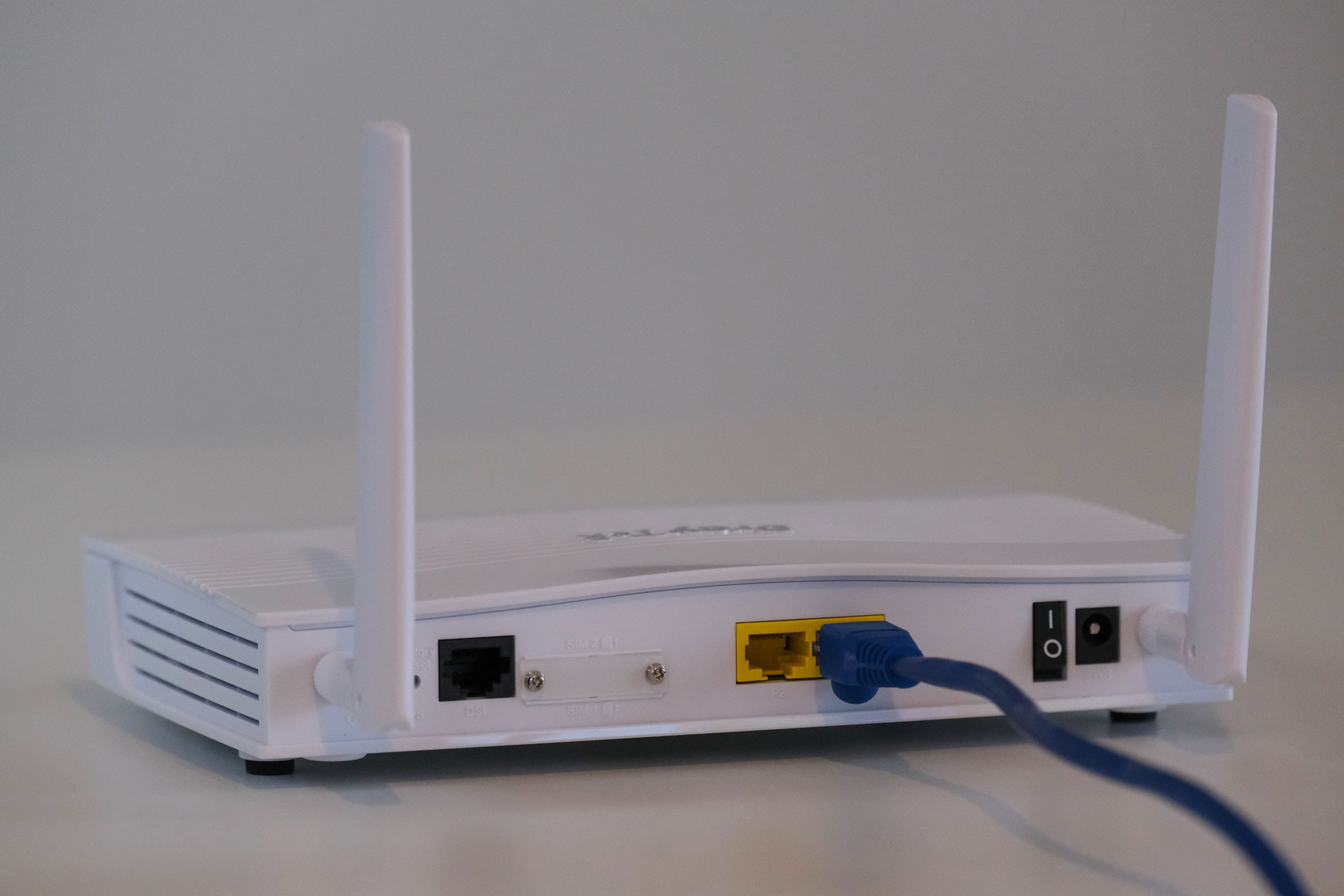WI-FI HACKING TECHNIQUES: WHAT YOU NEED TO KNOW
In our connected world, Wi-Fi has become a cornerstone of everyday life, powering our communication, work, and leisure. With dependency on wireless networks at an all-time high, the issues related to Wi-Fi security are becoming more prevalent. Hacking techniques targeting Wi-Fi networks have advanced, posing a serious threat to users' personal data and privacy. To safeguard against these vulnerabilities, it is imperative to understand the different types of Wi-Fi hacking techniques and how to protect against them.
Problem Identification: The Rise of Wi-Fi Hacking
Wi-Fi hacking refers to unauthorized access or damage to computers or networks using wireless connections. Hackers employ several techniques to exploit Wi-Fi networks, ranging from simplistic approaches that target low-hanging fruit to sophisticated attacks that can bypass advanced security measures. These breaches can result in the theft of sensitive information, unauthorized network access, and potentially severe financial and reputational damage for individuals and businesses alike. Identifying the methods used by hackers is the first step in bolstering your defenses against them.
Common Wi-Fi Hacking Techniques
Hackers have a plethora of tools and methods at their disposal to compromise Wi-Fi networks. Some of the most prevalent techniques include:
- Packet Sniffing: Hackers use software to monitor and capture data packets traveling over a network. By analyzing this traffic, they can glean sensitive information such as login credentials and personal data.
- Evil Twin Attacks: This involves setting up a rogue Wi-Fi access point that mimics a legitimate one. Unsuspecting users connect to it, giving the hacker a direct route to intercept their data.
- Dictionary Attacks: In this method, hackers attempt to gain unauthorized access to a network by systematically entering every word in a dictionary as the password. This technique exploits weak passwords.
- Cracking WPA/WPA2 Encryption: The WPA (Wi-Fi Protected Access) security standard is designed to protect Wi-Fi networks. However, hackers can use brute force attacks and exploits, such as the KRACK (Key Reinstallation Attack), to break this encryption.

Wi-Fi Security: Building Your Defense
Understanding the hacking methods is only one side of the equation. Building formidable defense mechanisms to counteract these intrusions is crucial. Here's how you can bolster your Wi-Fi security:
Update Router Firmware Regularly: Router firmware updates often contain security enhancements and vulnerability patches. Ensure that your router's firmware is always up-to-date to prevent hackers from exploiting outdated software.
Employ Strong Passwords: Use complex and unique passwords for your Wi-Fi network. Avoid common words and include a mix of letters, numbers, and special characters to defend against dictionary attacks.
Activate Network Encryption: Encrypting your Wi-Fi network is essential. Always use the latest encryption standard available, which is currently WPA3. If WPA3 is not an option, WPA2 should be used with a strong pre-shared key (PSK).
Disable WPS (Wi-Fi Protected Setup): WPS is designed to make it easier to connect devices to your network, but it also creates a security risk. Disable WPS to prevent hackers from using it to gain access to your network.
Use a VPN (Virtual Private Network): A VPN encrypts the data you send over the internet, making it harder for hackers to snoop on your traffic. This is particularly useful when connecting to public Wi-Fi networks.
Implement MAC Address Filtering: Every device that connects to a Wi-Fi network has a unique MAC (Media Access Control) address. By enabling MAC address filtering, you can control which devices are allowed to connect to your network. While not foolproof, it adds an extra layer of security.
Wi-Fi Hacking Solutions for Organizations
Businesses often face greater risks from Wi-Fi hacking, with more at stake in terms of data breaches. Here are additional security measures organizations can implement:
Professional Network Security Audits: Regularly hire cybersecurity professionals to conduct thorough network audits. This can help identify and address potential vulnerabilities before they can be exploited.
Create a Separate Guest Network: Providing a separate network for guests can protect your core business network from unauthorized access. Ensure that the guest network has limited access to internal resources.
Use Enterprise-Grade Equipment: Consumer-grade routers and access points may not provide the level of security required for business operations. Invest in enterprise-grade equipment that offers advanced security features and dedicated support.
Employee Education and Training: Employees should be trained on how to identify and avoid security threats, such as phishing attempts or unsecured Wi-Fi networks. Encourage the use of strong passwords and promote security awareness in the workplace.
In conclusion, Wi-Fi hacking poses a significant threat to both individuals and organizations, but by understanding the techniques hackers use and implementing strong security practices, you can greatly reduce the risk of a successful attack. It's critical to stay informed about the latest security trends and take proactive steps to defend your digital landscape against these evolving threats.
Explore the various Wi-Fi hacking techniques and understand the implications for network security.
Sign up to our newsletter so you won’t miss a post and stay in the loop and updated also we will be launching a free basic cybersecurity short course for beginners to teach you how to protect yourself online. Just subscribe for free to our newsletter and create an account on perusee to be eligible.
Note: You can also advertise on Perusee, just contact us, call or app +263 78 613 9635
Click here to Follow our WhatsApp channel
Keep comments respectful and inline with the article, also create an account and login to chat with members in our forum, get help on issues you need help with from community members.
